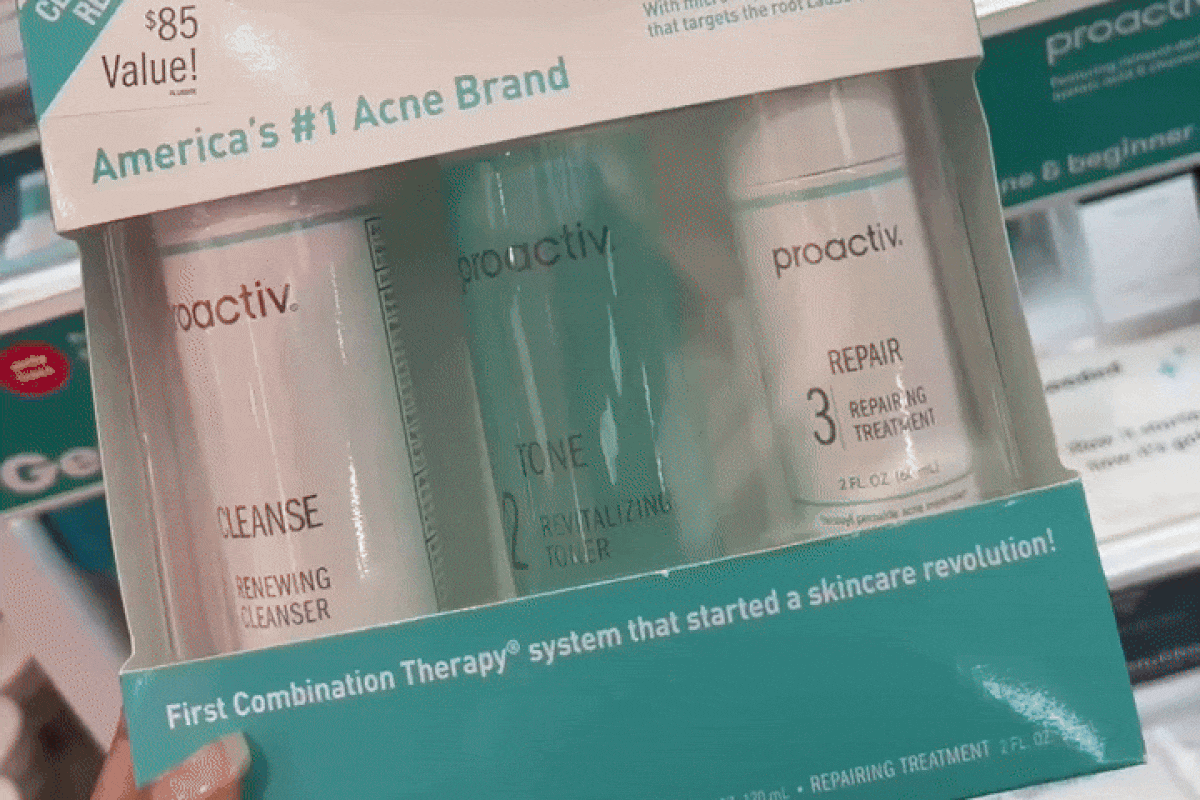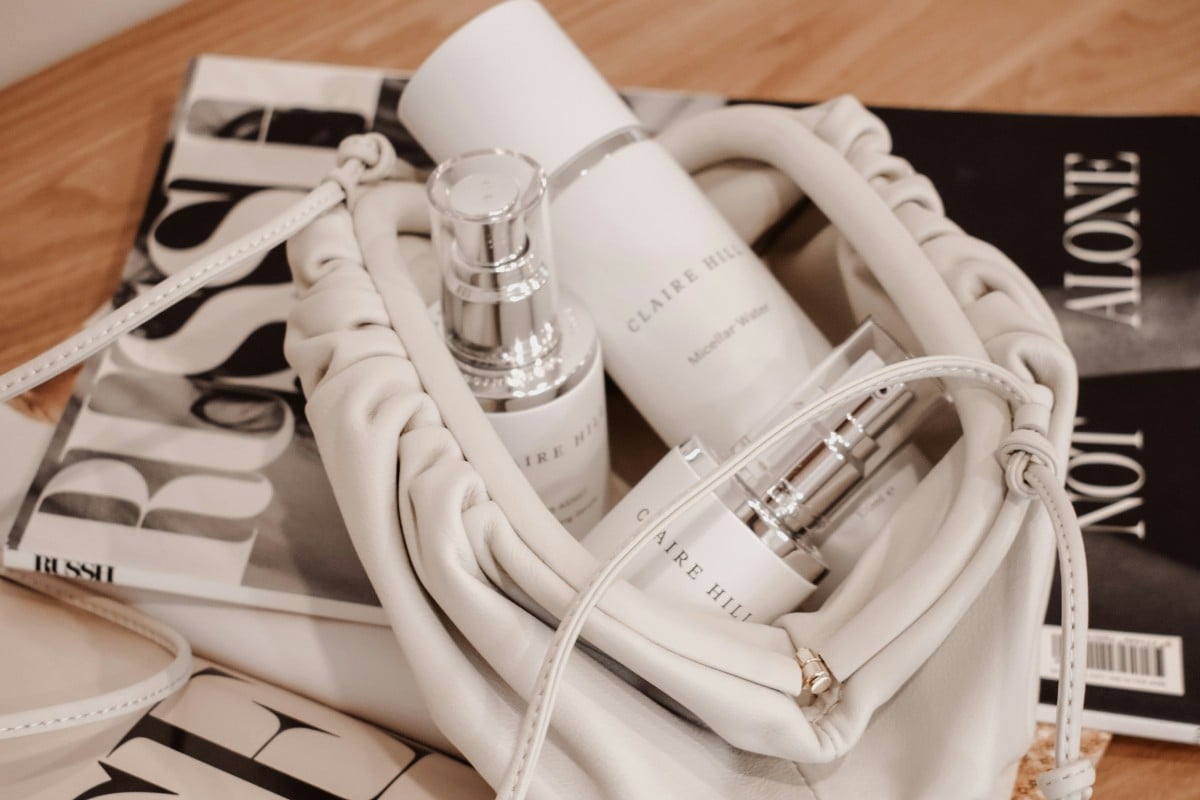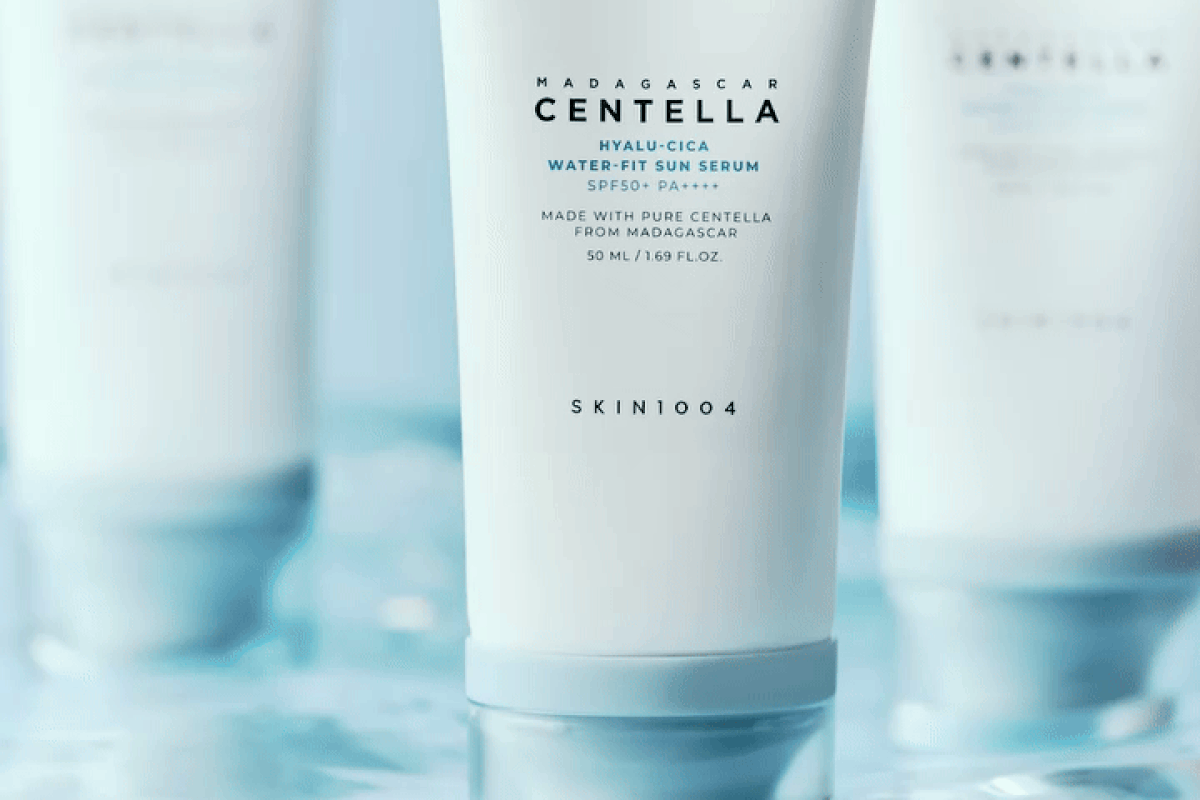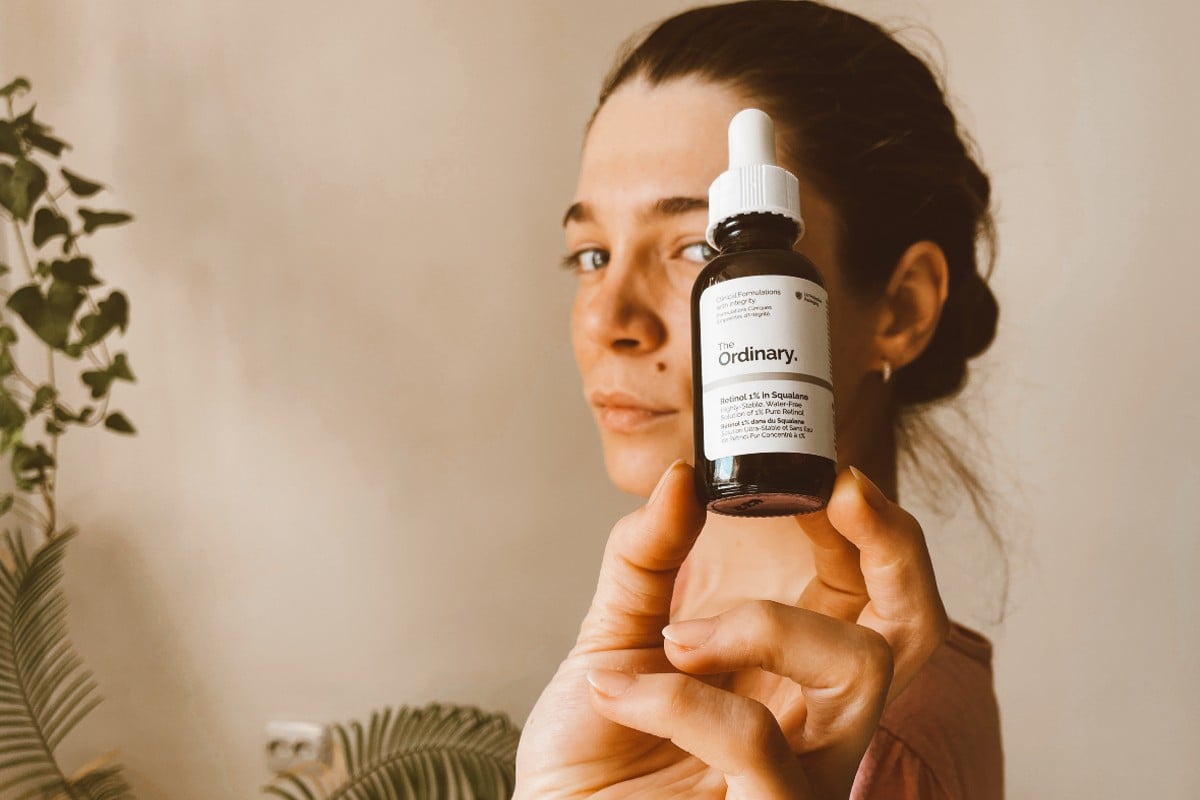Sodium hyaluronate is rapidly taking the stage, becoming even more popular than its counterpart, hyaluronic acid. Here is all about it.
Everybody loves hyaluronic acid in their routine, whether we talk about occasional injectable fillers or daily skincare infused with this plumping powerhouse. And since it became so popular in the skincare world, no surprise it has lately been synthesized into many forms for better results and stability. One of the most commonly hyaluronic acid forms used in your favorite skincare products is sodium hyaluronate — they sound so similar, making it easy to get puzzled. But here we are, to get it all clear for you.
What is sodium hyaluronate?
Sodium hyaluronate is the sodium form of hyaluronic acid with smaller molecules for better outcomes and greater stability against oxidation. Just like hyaluronic acid, sodium hyaluronate is hydrating, just that it can penetrate deeper into the skin layers, unlike its counterpart, which acts more on the surface of the skin. This happens because hyaluronic acid has a high molecular weight, making it work on the outermost skin layers.[1]
As a potent humectant, sodium hyaluronate attracts water molecules from the environment and from within the deeper skin layers, relieving dryness, reinforcing the barrier, balancing oil, plumping wrinkles, and last but not least, giving you the glow. This makes sodium hyaluronate a go-to for every skin type at all ages.
Sodium hyaluronate vs hyaluronic acid
There’s a constant debate revolving around sodium hyaluronate vs hyaluronic acid. Which one is better? What works best for me? We’re glad you asked. Welp, sodium hyaluronate is often referred to as the skin’s water reservoir, meaning it provides hydration in the long run. This is possible because sodium hyaluronate can sink deeper beneath the skin layers, allowing long-lasting hydration. Compared to sodium hyaluronate, hyaluronic acid acts on the skin’s surface, delivering instant hydration that doesn’t last too long. To get the best of both worlds, you should use products that contain a combination of sodium hyaluronate and hyaluronic acid, preferably serums.
How to use sodium hyaluronate
You’ll find combinations of hyaluronic acid, sodium hyaluronate, and hydrolyzed hyaluronic acid in concentrations of up to 2%.[2] Supposing you are using a hyaluronic acid serum, you can apply it every day and night after cleansing, toning, and pre moisturizer and SPF (at AM).
As a note, sodium hyaluronate (and other forms of hyaluronic acid) pulls water into the skin when the humidity is more than 70%.[3] Otherwise, it draws it from the deeper skin layers. This can bring the opposite effect and lead to transepidermal water loss and, ultimately, dehydration. To avoid it from happening, be cool and trap it with an occlusive moisturizer.
Pro tip: Apply sodium hyaluronate on damp skin for even more enhanced hydration. When skin is damp, penetration increases up to 4 times.
Side effects
As a natural compound of our body, sodium hyaluronate is safe to apply to skin. But always do a test patch before you go all-in with new products.
To end
You should keep sodium hyaluronate on your radar regardless of your skin type, mainly if dry or mature. Sodium hyaluronate has deeper skin penetration and greater stability than hyaluronic acid, but that doesn’t make one better than another because they work differently. Mixing multiple forms of hyaluronic acid gives you long-lasting and instant hydration and plumpness. So, next time you wonder if sodium hyaluronate is good for your skin, you know the answer: yes.
- Juncan AM, Moisă DG, Santini A, et al. Advantages of Hyaluronic Acid and Its Combination with Other Bioactive Ingredients in Cosmeceuticals. Molecules. 2021;26(15):4429. Published 2021 Jul 22. doi:10.3390/molecules26154429
- Becker LC, Bergfeld WF, Belsito DV, Klaassen CD, Marks JG Jr, Shank RC, Slaga TJ, Snyder PW; Cosmetic Ingredient Review Expert Panel, Andersen FA. Final report of the safety assessment of hyaluronic acid, potassium hyaluronate, and sodium hyaluronate. Int J Toxicol. 2009 Jul-Aug;28(4 Suppl):5-67. doi: 10.1177/1091581809337738. PMID: 19636067.
- Harwood A, Nassereddin A, Krishnamurthy K. Moisturizers. [Updated 2021 Jun 2]. In: StatPearls [Internet]. Treasure Island (FL): StatPearls Publishing; 2022 Jan-. Available from:




![Does resveratrol in red wine benefit your skin? While sipping on a glass of red wine can be a delightful experience, relying on it for skincare benefits is not the best idea. Sure, red wine contains a smidge of resveratrol, but let's put things into perspective. The concentration of resveratrol in red wine is relatively low. Red wines, specifically Pinot noir from France, typically contain 0.361-1.972 mg of resveratrol per liter.[8] To hit that reference dose of 500mg of resveratrol, you'd need to drink a lot of wine. We're talking about downing anywhere from 100 to 1000 glasses per day. It's a scene straight out of a wine lover's wildest dreams, but definitely not the healthiest approach. Resveratrol Benefits for Skin](https://womensconcepts.com/wp-content/uploads/2022/03/Resveratrol-Benefits-for-Skin.jpg)




